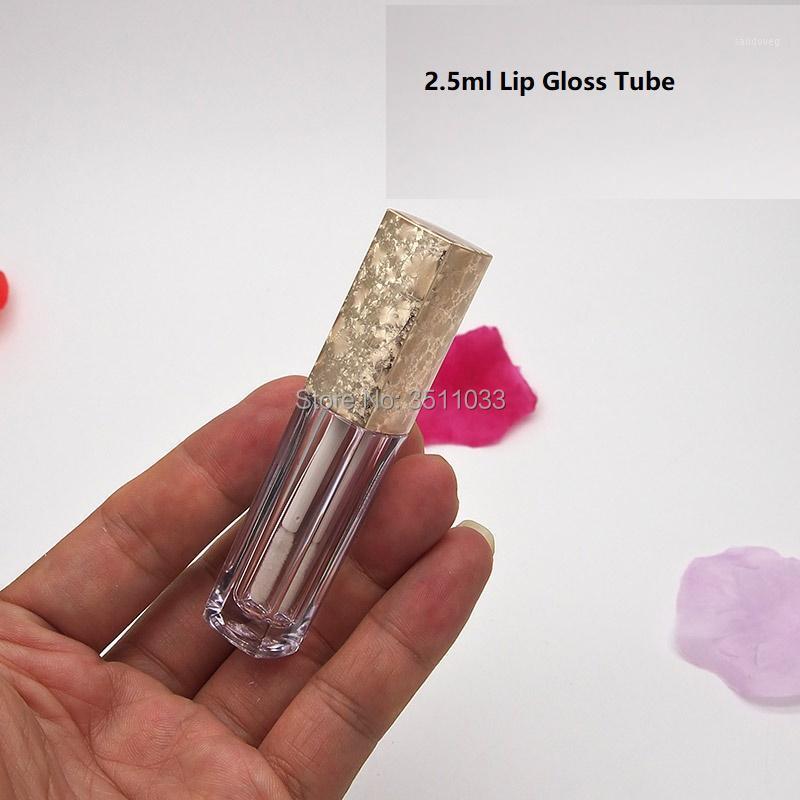

“I try to find a good compromise between our colors, the colors that work in ColorBrewer, and the things that look good on the page,” Park said, noting that she'll tinker with the colors in Illustrator until she’s happy with the palette. You can use these and modify them to fit your style guide. Start by using the color schemes on ColorBrewer, which gives you sequential, diverging, and categorical (sometimes called binary) palettes that are colorblind safe.There are a few simple tools to help ensure that your projects are colorblind-friendly. (If you’re interested in reading more, The New York Times’ Gregor Aisch wrote a blog post about his library chroma.js that goes into more detail on multi-hue scales) Three tools to help But sometimes a project calls for a multi-hue scale or a diverging scale. Sometimes you can get away with using a single hue and varying its lightness. Others, like blue/red, are already imbued with too much cultural meaning and would be confusing in a non-political map. Pink, for example, doesn’t convey negativity like red does. Meanwhile, common colorblind friendly palettes like magenta/green or orange/purple are devoid of meaning. Park said that the default color schemes designers might use - like green for positive values and red for negative values - tend to cause problems for colorblind readers. After considering accessibility for colorblind people, this was the palette they chose. The NPR graphics team knew they wanted a divergent choropleth map to help show the differences in school spending by district. When you get into divergent color palettes you realize that colorblindness might become an issue.” “We thought that it would be easier to read with a diverging color palette where the center value was the U.S. “Early on after some doing some exploration of the data we knew we were going to do a district level choropleth map,” said Katie Park, deputy graphics editor at NPR. The NPR Visuals team worked through these challenges this spring in a visualization for a story on how school districts spend money. It's an important choice for any visualization, but making one that's attractive, informative and easily distinguishable by colorblind people trips up many designers. Color is criticalĬolor is frequently used to quickly convey meaning. (If you're not colorblind and are interested in experiencing it, check out Dan Kaminsky’s iPhone app DanKam which uses augmented reality to let you experience the world through different color visions.)Īs information architects, data visualizers and web designers, we need to make our work accessible to as many people as possible, which includes people with colorblindness. Most of the time this has little impact on my day-to-day life, but as a news consumer and designer I often find myself struggling to read certain visualizations because my eyes just can’t distinguish the color scheme. Various color spectrums for different color vision deficiencies. To me some purples appear closer to blue some oranges and light greens appear closer to yellow dark greens and brown are sometimes indistinguishable. Specifically, I have a mild case of protanopia (also called protanomaly), which means that my eyes lack a sufficient number of retinal cones to accurately see red wavelengths. I am one of the 8% of men of Northern European descent who suffers from red-green colorblindness.

Color palette converter utility series#
Find the series introduction, as well as a list of published stories here. This story is part of a series on bringing the journalism we produce to as many people as possible, regardless of language, access to technology, or physical capability.


 0 kommentar(er)
0 kommentar(er)
